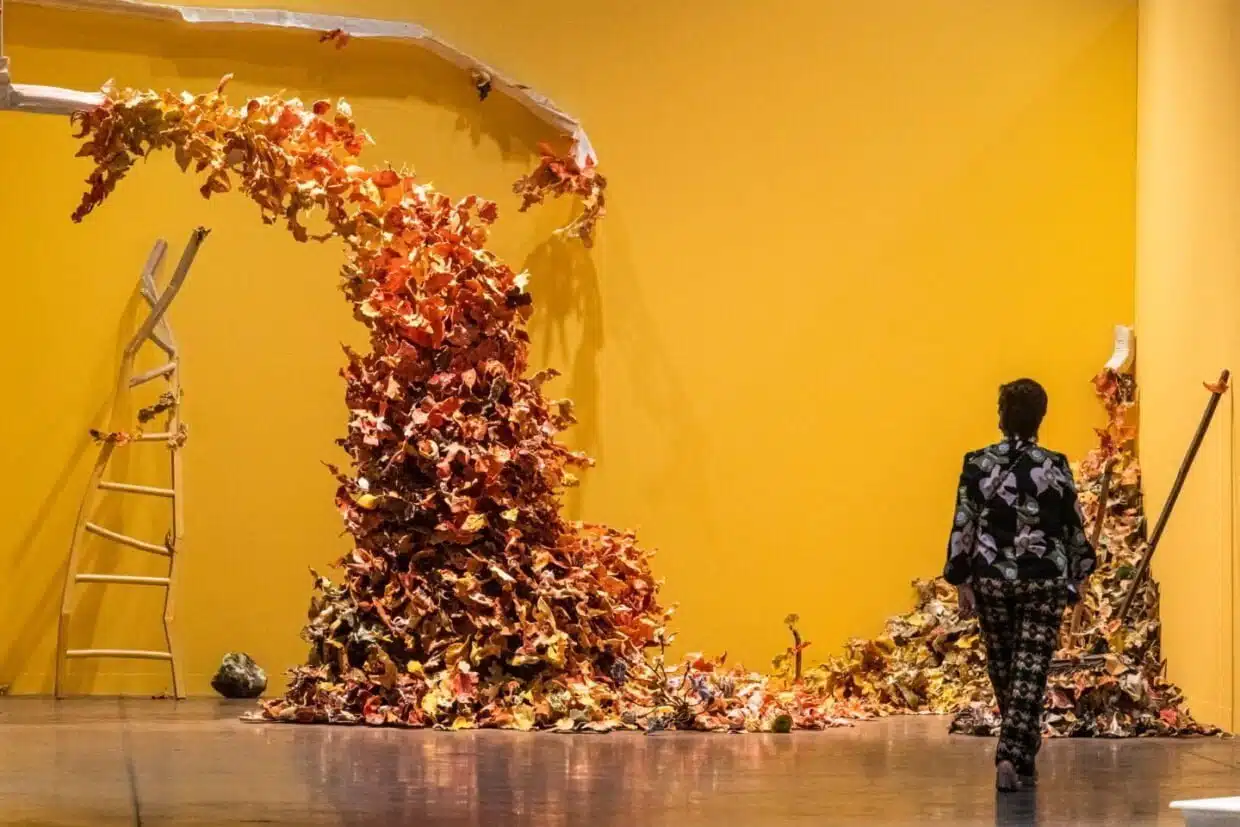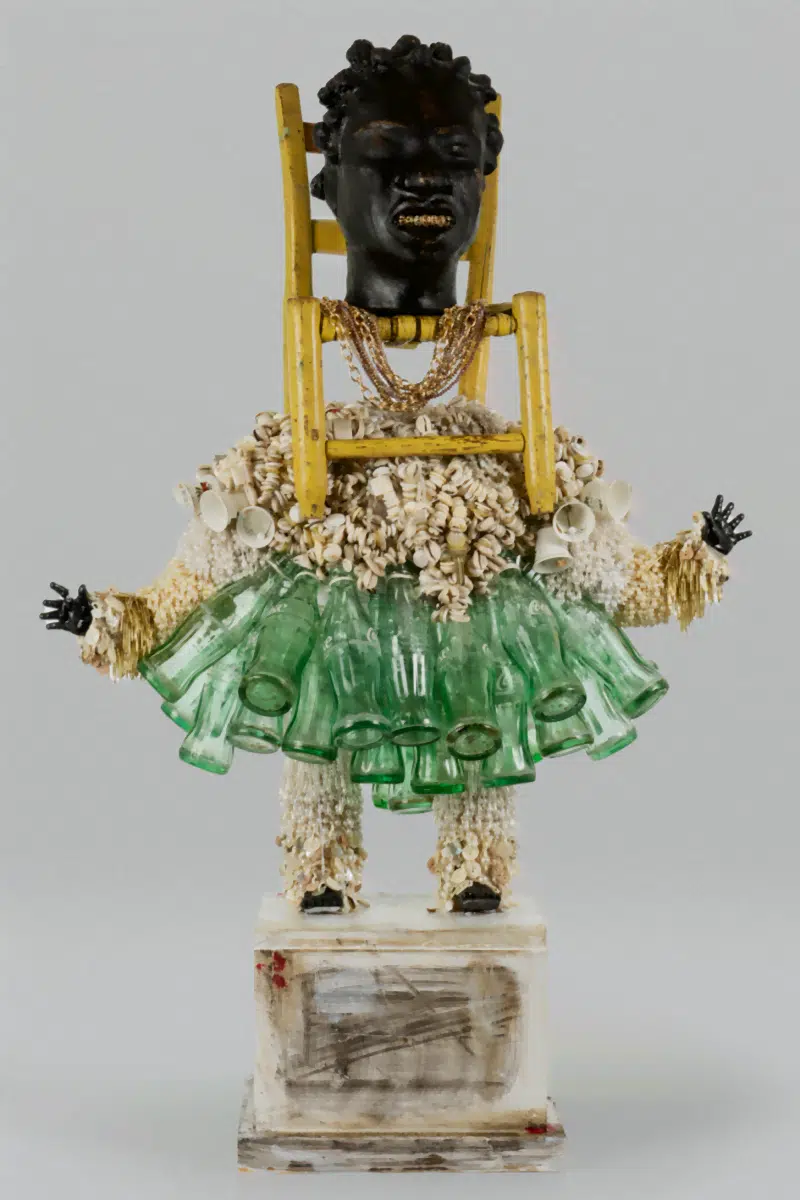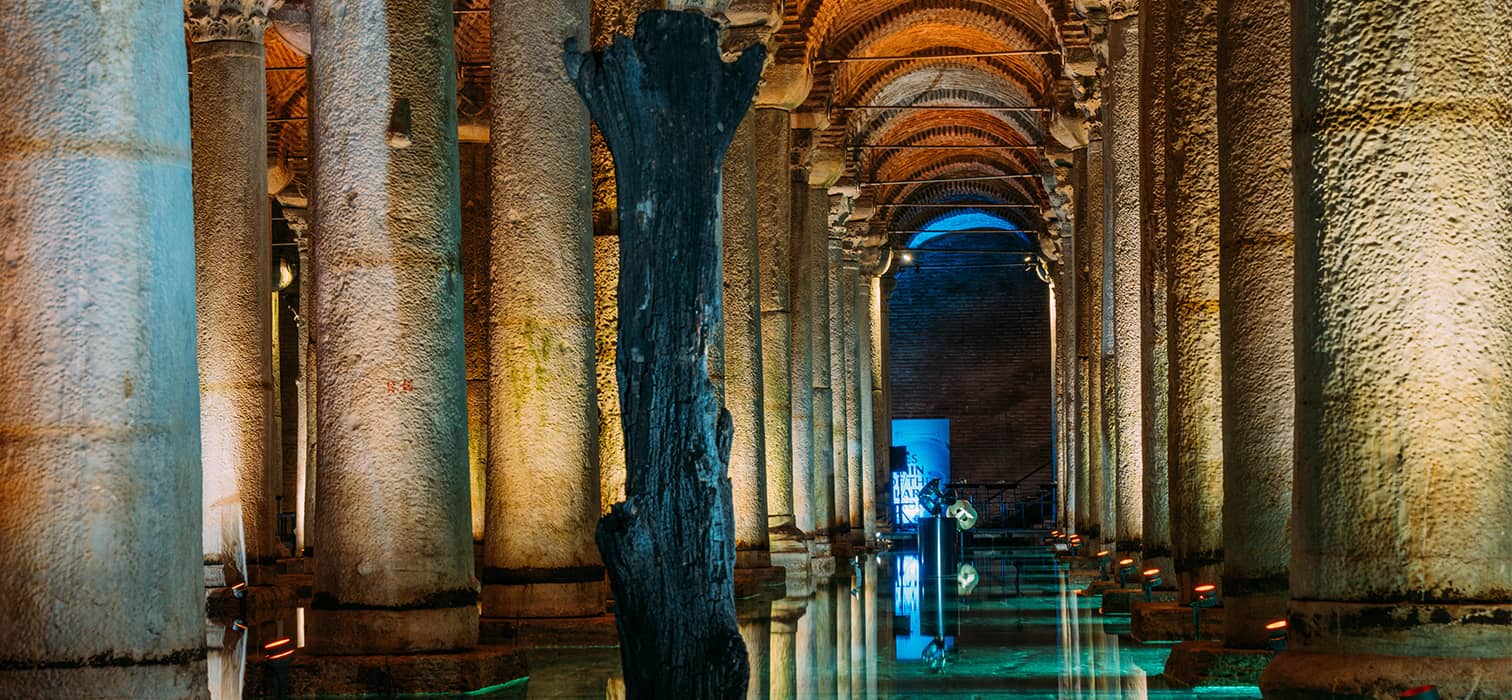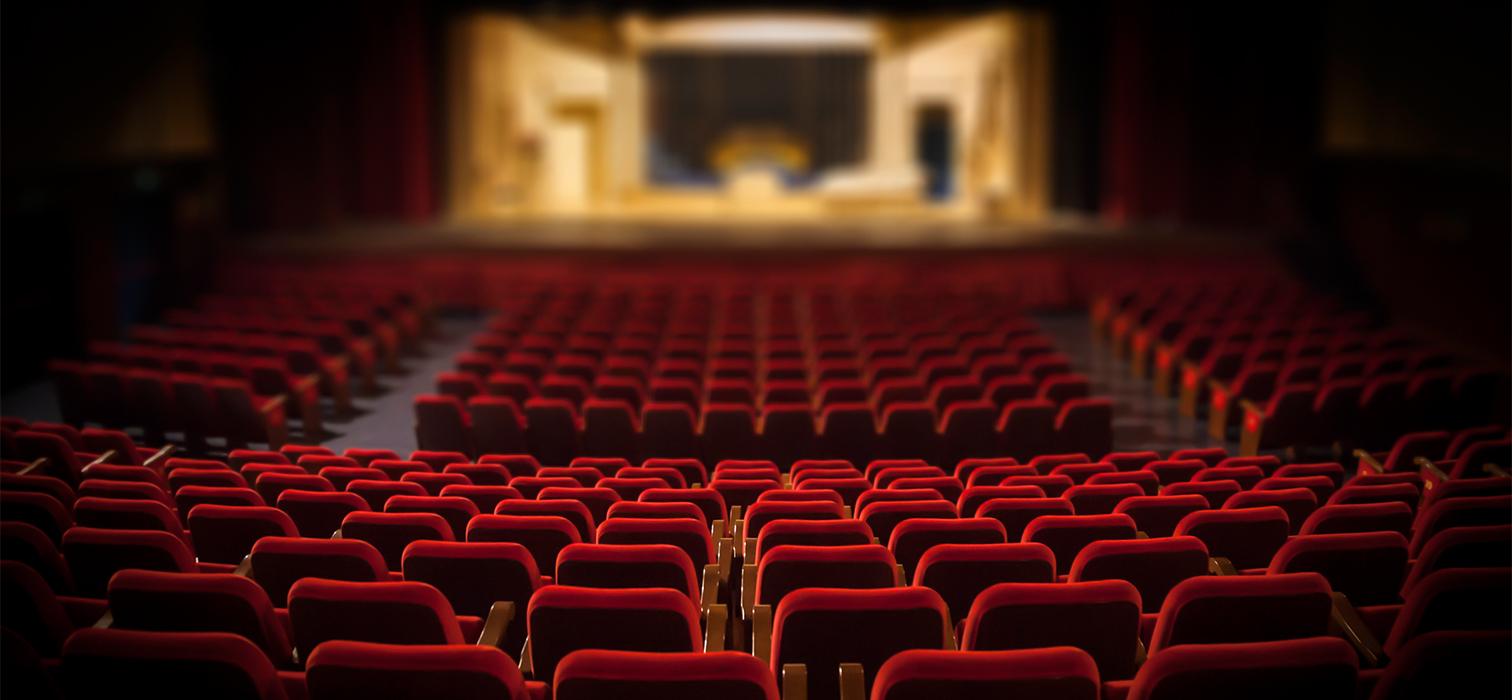
Art Basel Miami Beach, held at the Miami Convention Center between November 30 and December 4, has become one of the most popular art fairs of recent times.
Art Basel, which has not been physically organized in the USA since 2019 due to the epidemic, has returned to the borders of the country with its Miami Beach section. Art Basel, held at the Miami Convention Center with a lot of Covid-19 measures, became one of the most popular art fairs in the world after a long break. Despite some restrictions within the scope of Covid-19 measures and even the Omicron variant, the fair was actively held with influx of visitors and strong sales. Art Basel Miami Beach, attended by 253 leading galleries from 36 countries, brought together works from various art disciplines such as painting, sculpture, photography and digital media.
44 of the participating galleries of Art Basel Miami Beach, which was visited by 60 thousand people this year, also participated for the first time. Among them were 4 new galleries from Africa. With its new participants, it was possible to say that the fair was more diverse than ever before. The loosening of the application conditions, brought by Art Basel and the Selection Committee to the participating galleries, played an important role in the increase of diversity. While The Metropolitan Museum of Art from New York and MOCA from Los Angeles were among the leading galleries, SAHA Istanbul, held by Füsun Eczacıbaşı from Turkey, was the gallery that attracted attention.

As you might remember, people found strange Italian artist Maurizio Cattelan’s “a fresh banana affixed to a wall with duct tape” in the 2019 edition of Art Basel Miami. NFTs could have had the same effect this year because NFT, one of the popular art works of recent times, was among the most talked about at the fair. The exhibition titled “Humans+Machines: NFTs and the Ever-Evolving World of Art” was the first interactive NFT exhibition organized under the sponsorship of cryptocurrency Tezos at the fair. At the exhibition, visitors experienced making self-portraits using artificial intelligence technology. They were then able to convert these portraits to NFT format and receive the NFT they obtained over the Tezos blockchain network. The founding father of the project is German artist Mario Klingemann. The non-traditional presence of NFT, which does not occupy a place in the fairground, also brought to mind the question of how digital art will be shaped in the upcoming fairs.
The fashion world was also one of the pillars that increased the diversity of the fair this year. Many luxuries fashion brands such as Loewe, Saint Laurent and Fendi attracted fashion lovers as well as art lovers to the fair.



The large-scale circular sculpture work named “Five Echoes”, designed by Es Devlin to celebrate the 100th anniversary of Chanel No.5, hosted art lovers with a synesthetic experience with its light, color, and sound features.
One of the comments made for the fair was that there were more artist names to be discovered this year. For instance, Nigerian artist Marcellina Akpojotor from Rele Gallery with her richly textured and colorful paintings was one of these young names.

The mystical sculpture nkisi nkondi, created by American artist Vanessa German from various vintage pieces such as brooches, blue glass cups and doll shoes, was among the interesting artworks waiting to be discovered. (Nkondi is the local name for mystical sculptures made by the Congolese people.)

Art Basel Miami Beach celebrated its 50th anniversary with an online edition last year. However, this year, it organized a colorful art event with its increasing number of galleries, diversified artist face, high participation from the fashion and music world, and most prominently the NFT section. The biggest question that remains in mind after many artists and works seen is what kind of change is waiting for the culture and art world with the digitalization that became popular after the epidemic…



